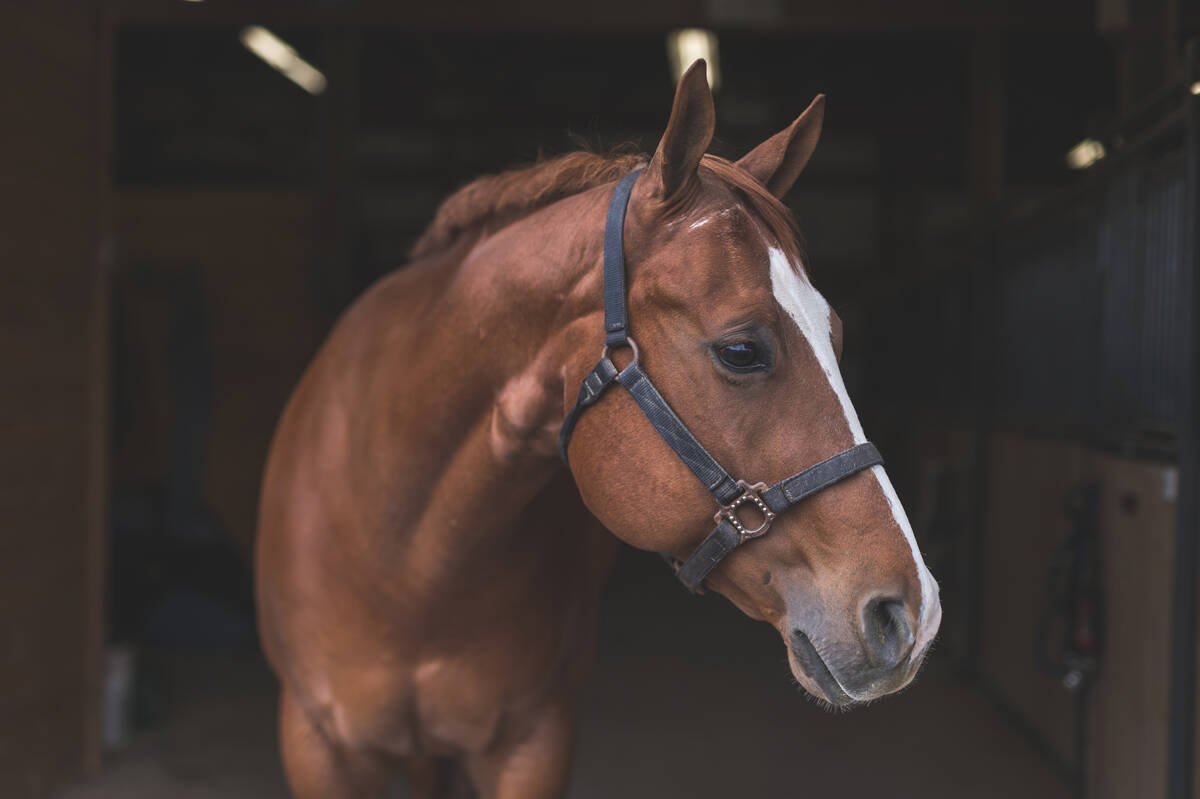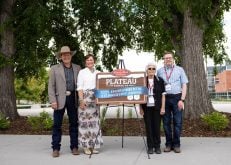I never like the statement “we can do that later” because often “later” never seems to come, or a person is too busy with other things and the details get lost.
Some pre-planning by the cattle producer and consultation with the herd veterinarian ahead of a major processing will accomplish many things including herd improvement. This article will describe a specific example – some of the points may relate to your operation and become obvious when the processing starts. Others can be noted to include next year.
Read Also

Canada’s slaughter horse industry lacks transparency
Horse slaughter is a fraught issue right now in the Canadian livestock sphere. The author writes that, while it has a role, traceability, transparency and humane handling must be in play.
With better processing facilities, often using hydraulic chutes, extra procedures only take seconds more per animal as long as labour is adequate. Extra processing people, including the veterinarian, perhaps with an animal health tech, are more than worth the investment. Quiet stress-free cattle handling will make cattle even easier to work with the next time.
Make sure and use the services of your veterinarian for more than just the one procedure they are called out for, such as pregnancy-checking cows or semen-evaluating bulls. In our example, both the veterinarian and purebred cow-calf operator benefited this herd for the next six months by being prepared and open minded.
This is a 400-head purebred herd which calves in May and into June. A scours vaccination was typically given in mid-April. The cows calve on grass so there is less hands-on contact than with with early-spring calving. This herd had already been pregnancy-checked much earlier in pregnancy and the opens removed.
These cows swath graze in the fall and are fed in a large area so have to compete somewhat, but get lots of exercise and feeding time is the only time for close observation.
This year it was decided to utilize the veterinarian to again preg-check the herd and help with a few other things. There were two main things which were added into the protocol. The veterinarian suggested that since this herd had always been vaccinated with a modified live vaccine for IBR and BVD just before breeding, they would have very good immunity. With the cows now well into their third trimester of pregnancy, that vaccine could be added into this processing, saving the producers running the cows through before breeding when it is difficult to separate the calves off.
The veterinarian would also save the costs of vaccinating any open cows and they could be shipped directly, as the price for cows had risen substantially in the last while. By the way, 12 open cows were found which is right on the two to three per cent expected abortion rate.
Have tags ready
Always have a supply of the CCIA tags ready for cull cows so if needed they are given right then when the cows are caught. Record the dangle tag and if possible sort her out right then as well. A herd of 400 makes it hard to find a few open cows at the end of the day.
You as the producer should be able to quickly sort at least two ways out of the chute. It doesn’t take much to even put up a few portable panels to allow this. I never like the statement “we can do that later” because often “later” never seems to come, or a person is too busy with other things and the details get lost.
The producer has had trouble reading tags because of hair over the tags or dirt covering the number. This was corrected with a cleansing solution and a good pair of scissors. Again, none of these things slowed the procedure to any degree and there will be recaptured labour and fewer mistakes when reading tags at calving. A few cows had tags missing. Because they were purebreds the tattoos were read and tags made immediately. If calving on larger tracts of land, carry around a good set of pocket-size binoculars. You will be amazed at how often they get used.
On this processing day an unexpected twist happened. A few of the cows appeared overly thin so at the same time as pregnancy checking the veterinarian was utilized to condition-score. The decision was made to remove the heifers and any cows at a condition score of two. This allowed the producer to bring up the condition score of these cattle to acceptable levels for calving and minimized competition in the main herd. This could easily be accomplished by sorting out of the chute.
Fringe benefits
There were some fringe benefits from this procedure. While pregnancy checking these far-pregnant cows, a few sets of twins were identified for the producer to could keep an extra watch on at calving. They ended up in the thin group, which is not surprising from internally feeding two fetuses.
Examining the lists afterward, it became apparent that a high percentage of the firstcalvers made it into the thin group, which I am sure is not surprising to anyone. What was an eye-opener were the older cows. A definite distinction was that of cows older than 10 years, half made it into the thin herd. The young and older cows had a hard time competing.
This sort was still far enough from the start of calving to bring the cows which needed it up in condition, so good-quality colostrum will be produced. The cows being on a rising plane of nutrition should develop good protection to the vaccines. During the last two months, lots of nutrition goes into the growing of the calf, plus at calving cows will have vigorous calves and should clean well.
Next time use this example to better utilize your herd veterinarian while hopefully making your life easier and potentially eliminating a further process down the line.















